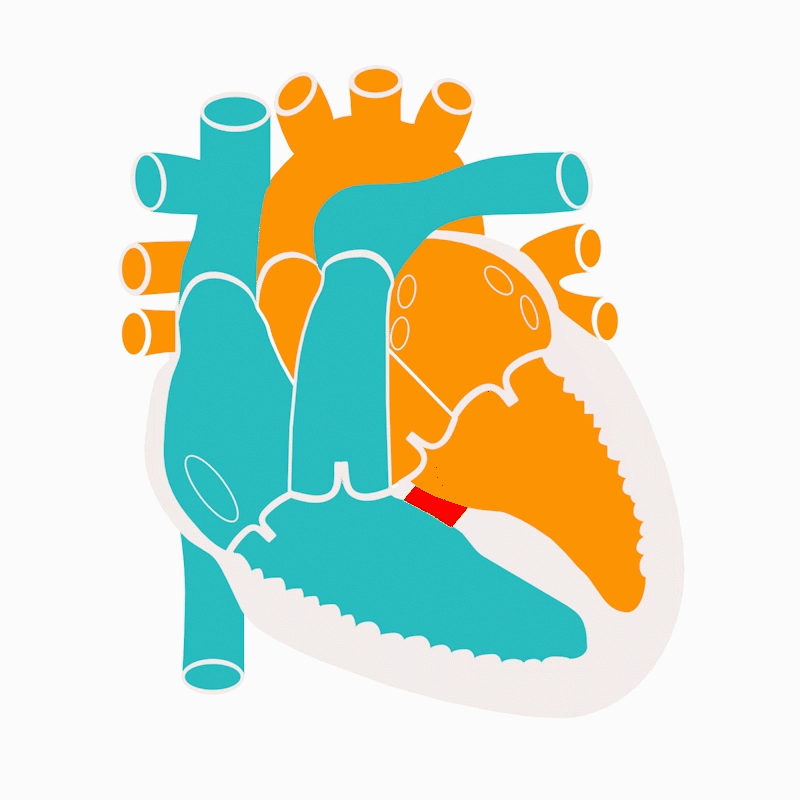
Interference of certain clinical situations with the PiCCO measurement















Please contact your local Getinge representative